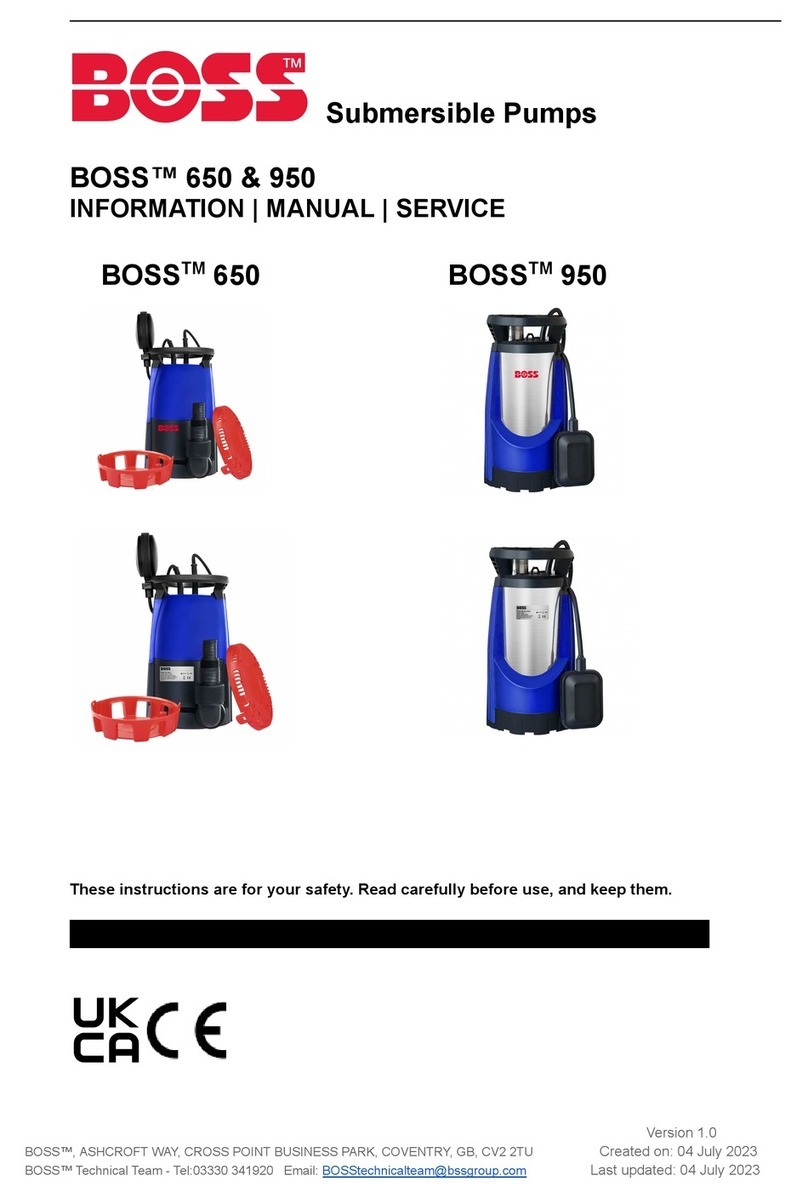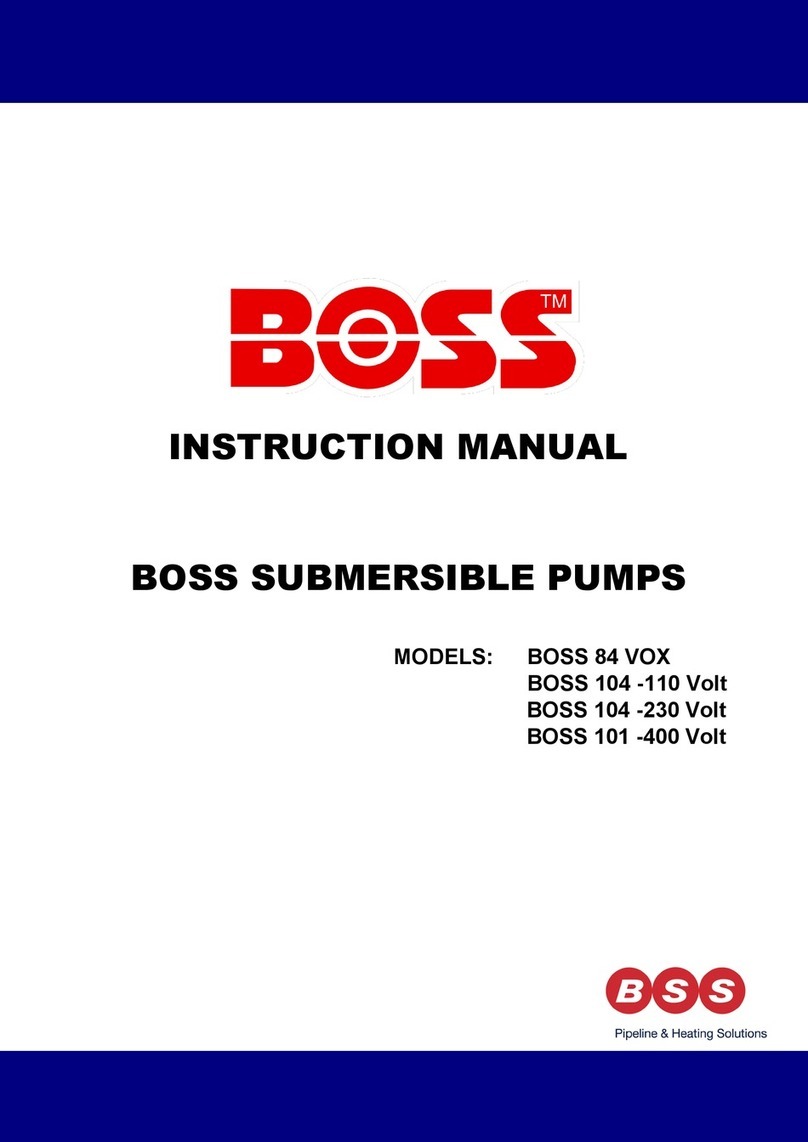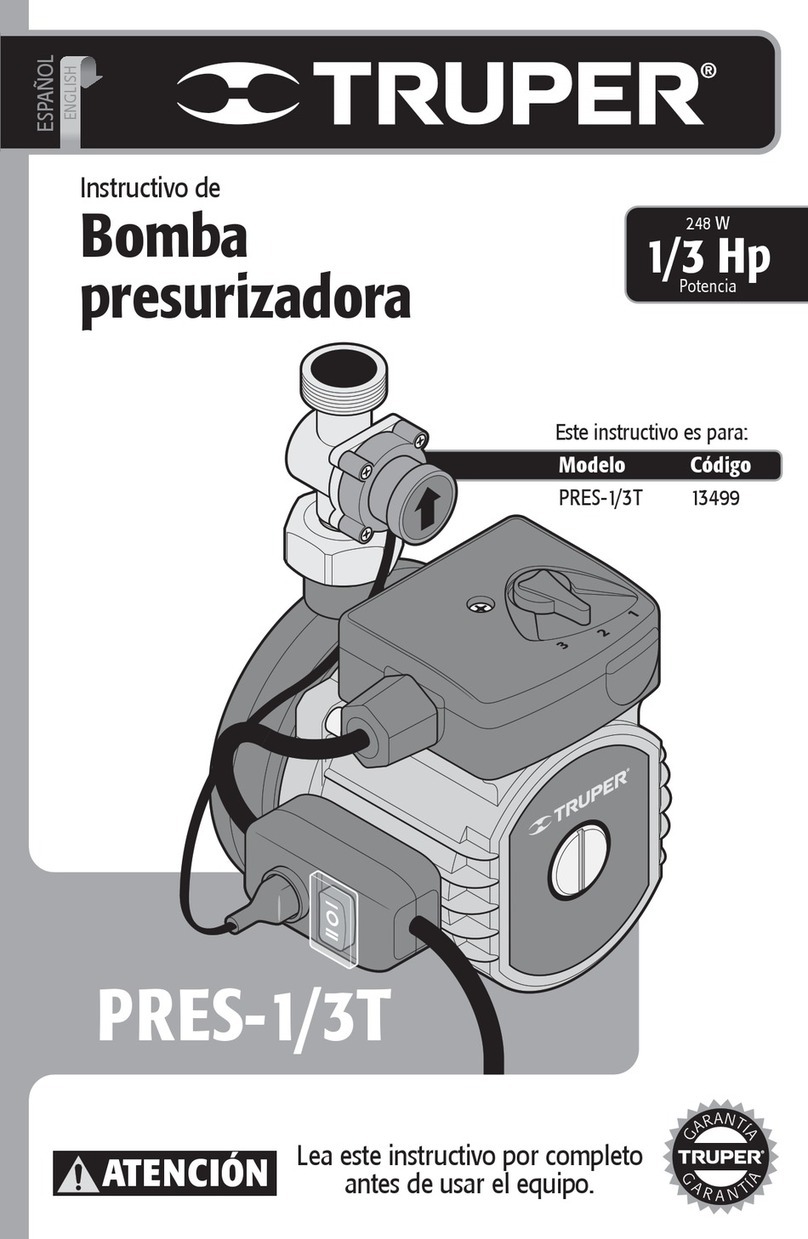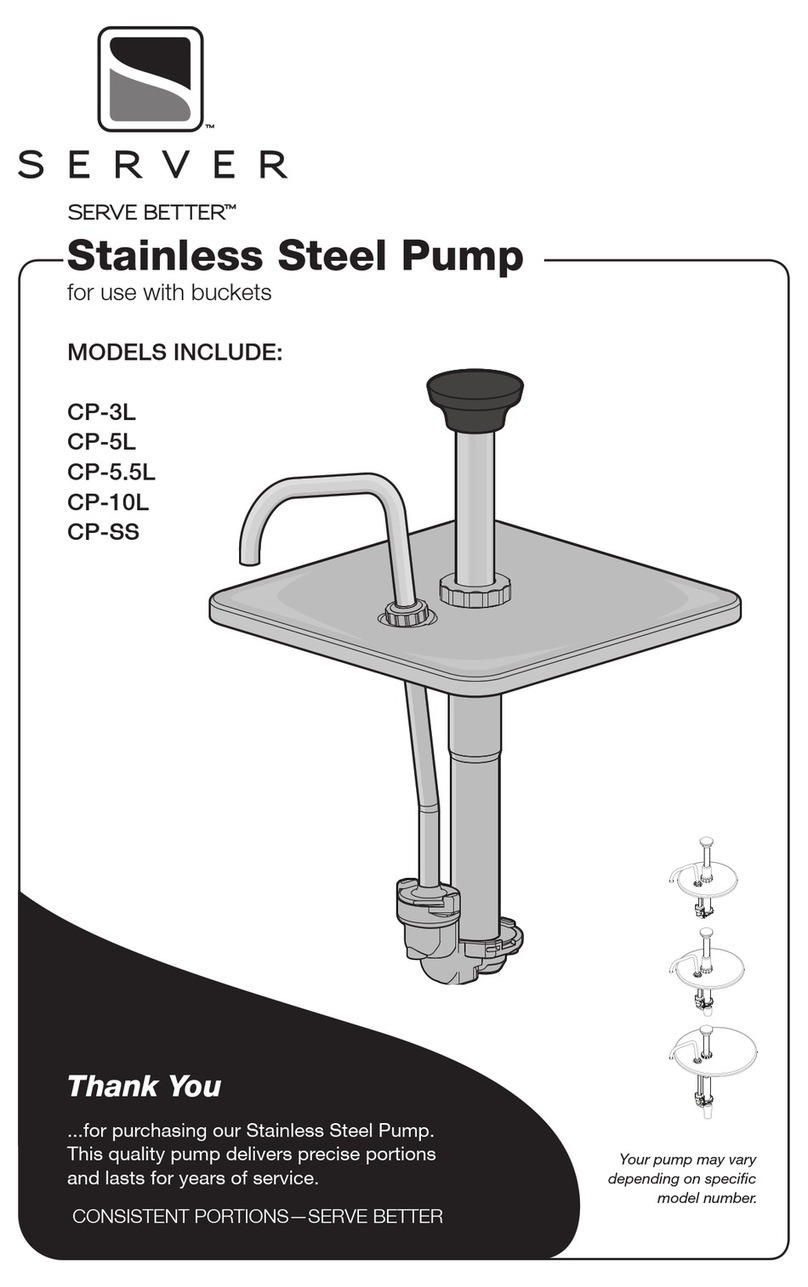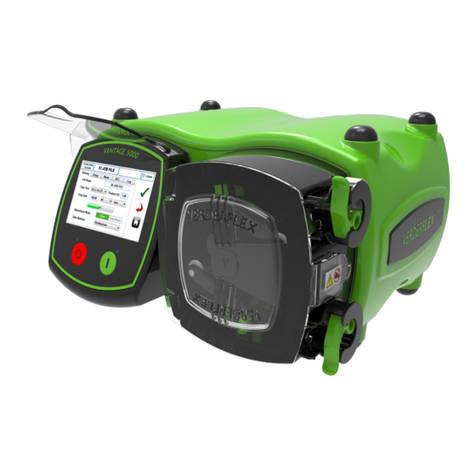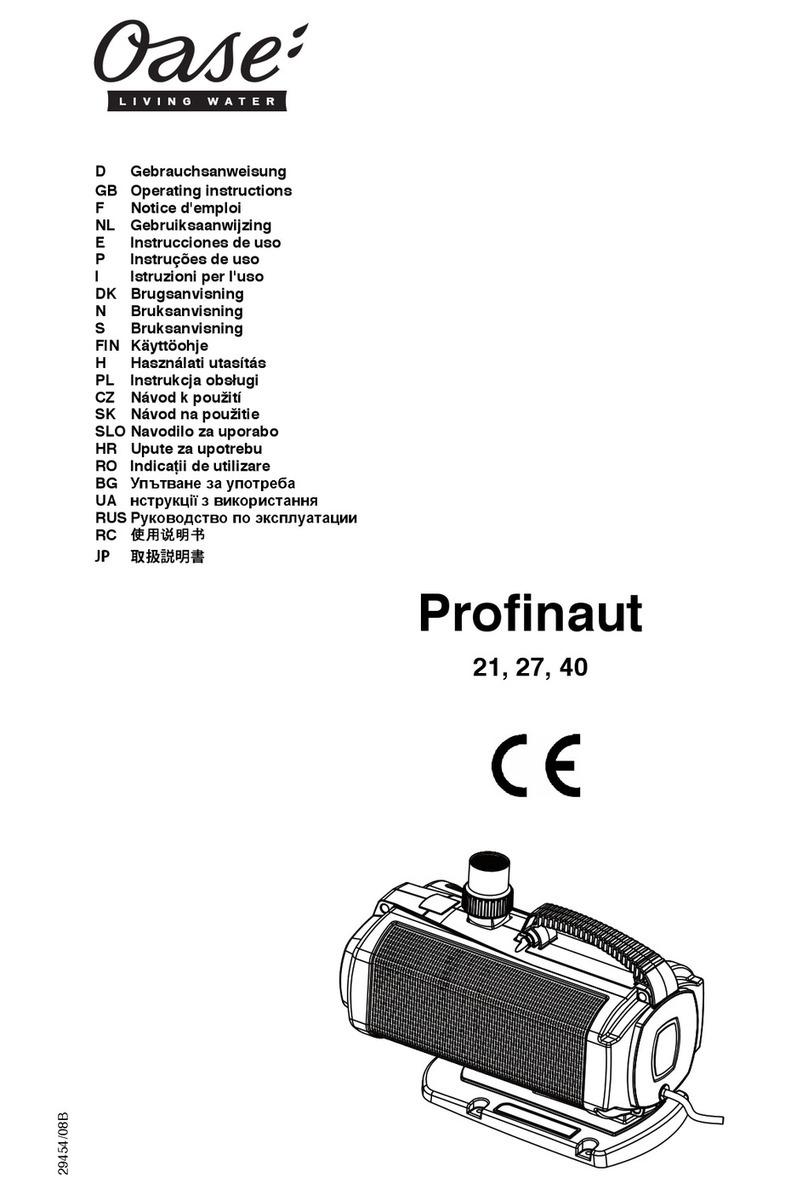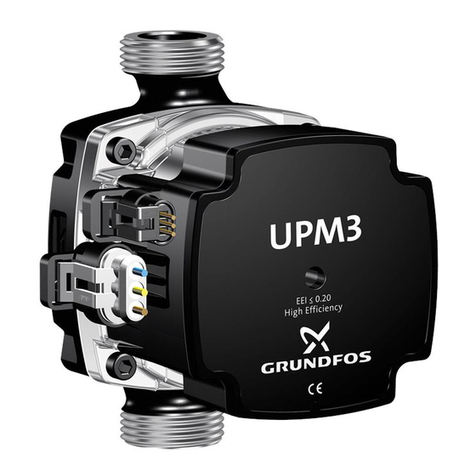BOSSCO PHAH1000 User manual

Model No.: PHAH1000, PHAH1500 and PHAH2800
OPERATING INSTRUCTIONS
Hand Pumps- 1,000- 2,000 Bar
(10,000- 14,000 psi)
WARNING
Read and follow all Safety Instructions, Warnings, Cautions and
Important information provided in this manual before using the
equipment. They are provided for the safety of those operating the
equipment and to prevent personal injury and/or damage to property
when using this equipment.
THIS EQUIPMENT SHOULD ONLY BE USED BY OPERATORS
WHO HAVE BEEN TRAINED IN THE SAFE USE OF HIGH
PRESSURE HYDRAULIC EQUIPMENT
www.bosshydraulics.com.au
Form: BM003

BM003-V2
2
WARNING:
• Always wear the correct personal
protective equipment when
operating high pressure hydraulic
tools and equipment.
• Always stay clear of loads
supported by hydraulic systems,
the load must be secured
mechanically before work can
commence.
• Always keep your hands and feet
clear of the work activity during
operation to avoid personal injury.
• Never handle pressurised
hydraulic hoses. Escaping oil
under pressure can penetrate
the skin causing serious injury.
Contact a doctor immediately if
oil is injected under the skin.
• Never operate the system above
the maximum rated output
pressure.
• Never connect to the system
components, ttings, couplers,
hoses, valves etc. that are NOT
rated to the full system operating
pressure.
• Never exceed equipment ratings.
Never attempt to lift a load
greater than the capacity of the
cylinder. Overloading causes
equipment to fail and possible
personal injury or damage to
equipment.
• Boss cylinders and pumps
are designed to operate at a
maximum of 700 bar (10,000 psi)
unless specied. Never connect a
cylinder to a pump with a higher
output pressure.
• Never use pumps and cylinders
with disconnected couplers.
Always ensure where couplers
are used that they are all fully
engaged. Failure to do so can
result in the system becoming
overloaded and can result in a
catastrophic component failure
potentially causing severe
personal injury.
• Always ensure the system has
a stable set up before operating
the equipment. Cylinders should
be located on a at surface that
has the capacity to support the
load, cylinder bases and other
supports should be used where
applicable. Avoid situations where
the load is not directly centred on
the cylinders. Loads that are o
centre place considerable strain
on the cylinder and piston. This
can result in the load slipping or
the cylinder failing with potentially
dangerous results. Always
distribute the load evenly across
the entire surface of the cylinder
saddle. Always use a saddle to
protect the cylinder rod.

BM003-V2 3
IMPORTANT:
• Never lift or carry hydraulic
equipment by the hose or
couplers. Use carry handles or
another safe method to transport
or lift components.
• High pressure hydraulic
equipment should only be
serviced, adjusted, repaired and
tested by qualied hydraulic
technicians.
• After unpacking the equipment
it should be inspected by a
qualied person to ensure
there is no shipping damage or
missing part.
• A gauge is highly recommended
to be used, so the pressure in
the hydraulic system can be
monitored.
CAUTION:
• Avoid damage to hydraulic
hoses from sharp objects,
vehicles and heavy objects
falling on them, never kink or
t hoses with a sharp bend in
them. All of these things can
cause internal damage to the
hose leading to premature
hose failure.
• Keep hydraulic equipment
away from sources of
heat and ames. Heat will
soften seals and hoses
which results in hydraulic
uid leaks. For optimum
performance, equipment
should not be exposed to
temperatures of 65° C (150°
F) or higher. Always protect
hoses from weld splatter
or sparks from cutting or
grinding tools.
• Never weld to or modify
cylinders, pumps or other
system components as
they have been engineered
and tested to meet specic
standards.
• Always immediately replace
worn or damaged parts with
genuine Boss Hydraulics
parts. The use of non-
genuine parts can result in
failure potentially causing
personal injury and/or
property damage.
WARNING:

BM003-V2
4
1. SETUP/ INSTALLATION
Connecting the Pump:
• Remove shipping plugs from
pump port outlets.
• Connect hoses to pump. To seal
threads, use thread sealer or
thread tape. When using seal
tape, apply tape one thread back
from end of tting to prevent
excess tape entering the hydraulic
system.
• Install a pressure gauge in the
system to monitor pressure.
• Connect the hoses to your
cylinder or tool.
• For single-acting cylinders,
connect one hose from the pump
to the cylinder; For double-acting
cylinders, connect two hoses.
Connect one hose from Port A of
the pump to the advance port of
the cylinder. Connect the second
hose from Port B of the pump to
the retract port of the cylinder.
• The pump may be used in either
the horizontal or vertical position.
When operated in the vertical
position, the hose end of the
pump must be pointed down, or
the pump will pick up air and will
not build up pressure.
• Inspect all system ttings and
connections to ensure they are
tight, rated to 700 Bar and are
leak free.
• Check oil level in the reservoir
and add oil if needed. Refer
to instructions in Maintenance
section.
IMPORTANT:
• To prevent contaminants from
entering the hydraulic system, do
not operate the pump with oil ll
plug loosened or removed.
Pump Position:
Before Using The Pump:
WARNING:
• In certain situations the pump
handle can “spring back”. Always
keep your body to the side of the
pump, away from the line of force
of the handle.
• When operating the pump, keep
hands and gures away from the
pinch point area between the
pump and the lifting handle.
• Never add extensions to pump
handle. Extensions may cause
the pump to become unstable
during operation.
• To prevent mechanical damage,
do not use the pump handle
to carry the pump. Use the
designated carry handle.

BM003-V2 5
• With no load on the pump,
the pump operates in the high
ow stage for fast advance of
the cylinder. When the load is
increased, the pump changes
automatically to the low ow stage
to allow for higher pressures. After
the pump changes, less force is
required on the handle.
• Except for PHD models, all
other models are designed
for use with single-acting
cylinders and are equipped
with an integral release valve.
1. Close the release valve by
turning the knob clockwise until it
stops. DO NOT OVERTIGHTEN.
2. Open the release valve by
turning knob counter-clockwise
to release the pressure and allow
the oil to ow back to the reservoir
Two Stage Pumps:
• If release valve knob is dicult to
turn or becomes stuck, discontinue
using pump immediately. Have
pump inspected and repaired by a
BOSS authorised dealer.
WARNING:
• Loosen oil plug several turns to
allow reservoir venting during
operation.
• Position the pump in the
horizontal position at a higher
level than the cylinder.
• Put cylinder in horizontal position
with port facing upwards.
• Advance and retract the cylinder 2
to 3 times to full stroke.
• Repeat steps 2 to 4 as needed to
ensure smooth operation of the
cylinder.
• Check the oil level of the reservoir
and add oil if necessary. See
section on Maintenance.
Air Bleeding:

BM003-V2
6
2. MAINTENANCE:
Adding Oil to the Pump:
Check oil regularly and add oil if
required. Refer to procedure below:
• Place pump in the horizontal
position on a level surface.
• Remove oil ll plug from reservoir.
• Check oil level (see gure below).
If oil level is low, add additional oil
until level is touching the bottom
on the thread.
• Reinstall the oil l plug into the
reservoir. Ensure the plug is fully
tightened.
• Remove air from the system if
necessary and recheck the oil
level.
IMPORTANT:
• Always add oil with the cylinders
fully retracted (extended with
pull Cylinders) or the pump will
contain more oil than reservoir
capacity.
• Do not overll! There must be an
air space in the reservoir to allow
proper operation. If the reservoir
contains too much oil, a vacuum
will form preventing oil from
owing into the piston of the pump
when operating.
Pump oil should be changed twice
a year. The following conditions
require more frequent oil changes:
• Rigorous duty, where oil may leak
out or become contaminated.
• Highly humid environment and
extreme changes in temperature
that can result in condensation
inside the reservoir.
• Dirty or dusty environments that
may contaminate the oil.
Flushing the Pump:
If you suspect your pump has been
contaminated or discover sludge or
other deposits on internal
components, you should thouroghly
ush the pump.
• Remove the old oil from the
reservoir, then thoroughly clean
and rell with nonammable
ushing oil.
• Reasemble the pump head to the
reservoir and pump the handle
approx 50 times with the release
screw open.
• Empty the reservoir and rell
with clean hydarulic oil (BOSS
recommends and uses grade 46
oil).

BM003-V2 7
3. TROUBLESHOOTING
PROBLEM CAUSE SOLUTION
Pump loses
pressure
System components
leaking
Repair or replace leaking
components as necessary
Pump not
delivering uid
Low oil level in reservoir Check oil level and add oil is
required
Check ball seats are
worn or damaged
Repair or replace check ball
seats or replace pump body
Pump doesn’t
acheive rated
pressure
Low oil level in reservoir Check oil level and add oil is
required
System components
leaking
Repair or replace worn or
damaged components
Fluid leaking past inlet
or outlet checks Repair inlet or outlet checks
Piston seal leaking Replace piston seal
Relief valve faulty or set
wrong
Replace or re adjust relief
valve
Pump handle has
“spongy” feel
Air trapped in system Bleed air from system, Refer
Air Bleeding
Too much oil in
reservoir Check oil level
4. SPECIFICATIONS
PH SERIES:
Model
Pressure Rang
(bar)
1st Stage / 2nd Stage
Oil Cap.
(cc)
Oil Volume per Stroke
(cc)
1st Stage / 2nd Stage
Weight
(kg)
PHAH1000 13.8 / 1000 1000 12.9 / 1.65 3.5
PHAH1500 13.8 /1500 2000 12.9 / 1 6.7
PHAH2800 14 / 2800 1000 12.9 / 0.5 5.3
• To prevent personal injury, release pump pressure and disconnect
the hose from the pump before commencing repairs.
WARNING:

BOSS HYDRAULICS:
Head Ofce: 19 Ricketts Road, Mt Waverley VIC 3149 I P: 1300 BOSS HYD (1300 267 749)
E: [email protected] I W: www.bosshydraulics.com.au
This manual suits for next models
2
Table of contents
Other BOSSCO Water Pump manuals
Popular Water Pump manuals by other brands

Pentair
Pentair Fairbanks nijhuis 2800 Installation, operation and maintenance

Zoeller
Zoeller AQUANOT 508 Fit installation instructions
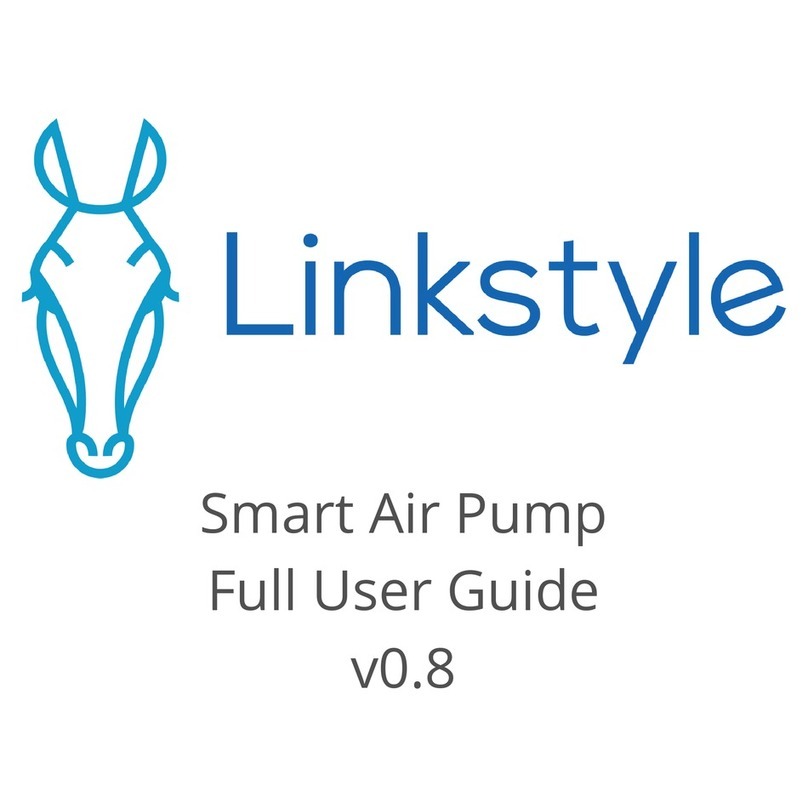
Linkstyle
Linkstyle Smart Air Pump Full user guide
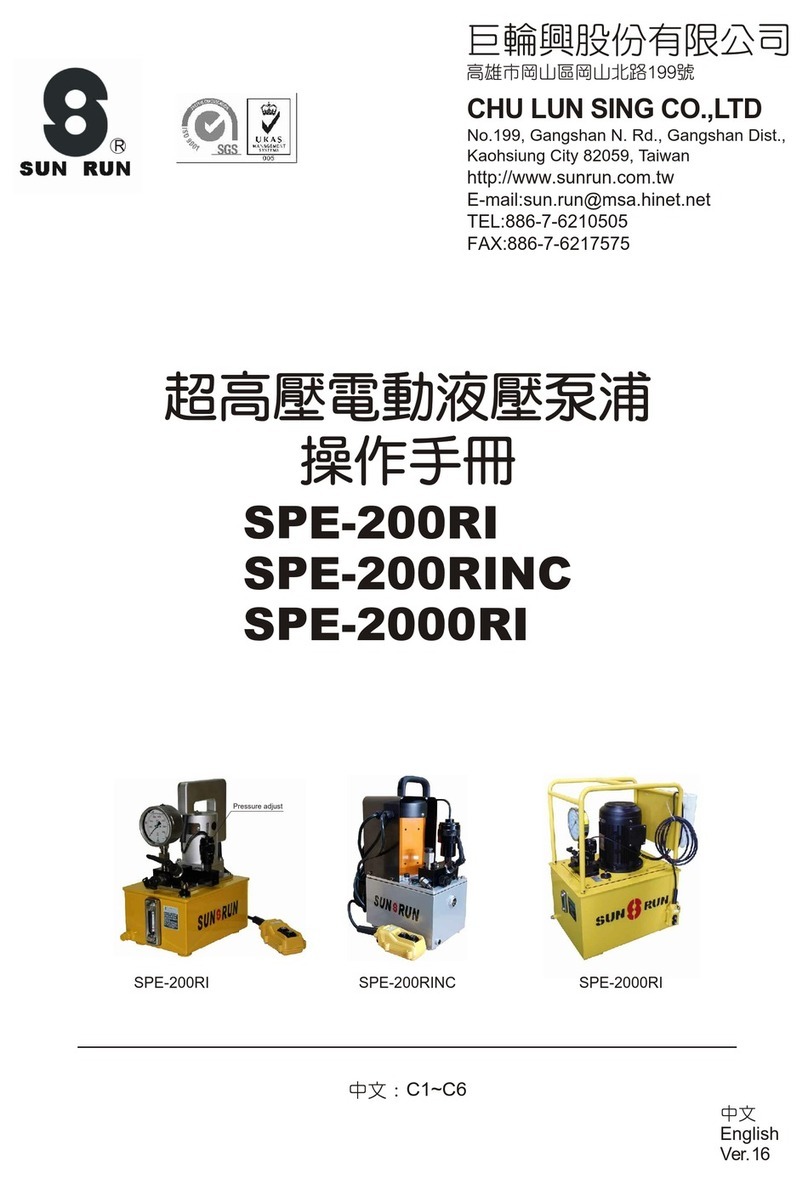
SUN RUN
SUN RUN SPE-200RI operating instructions
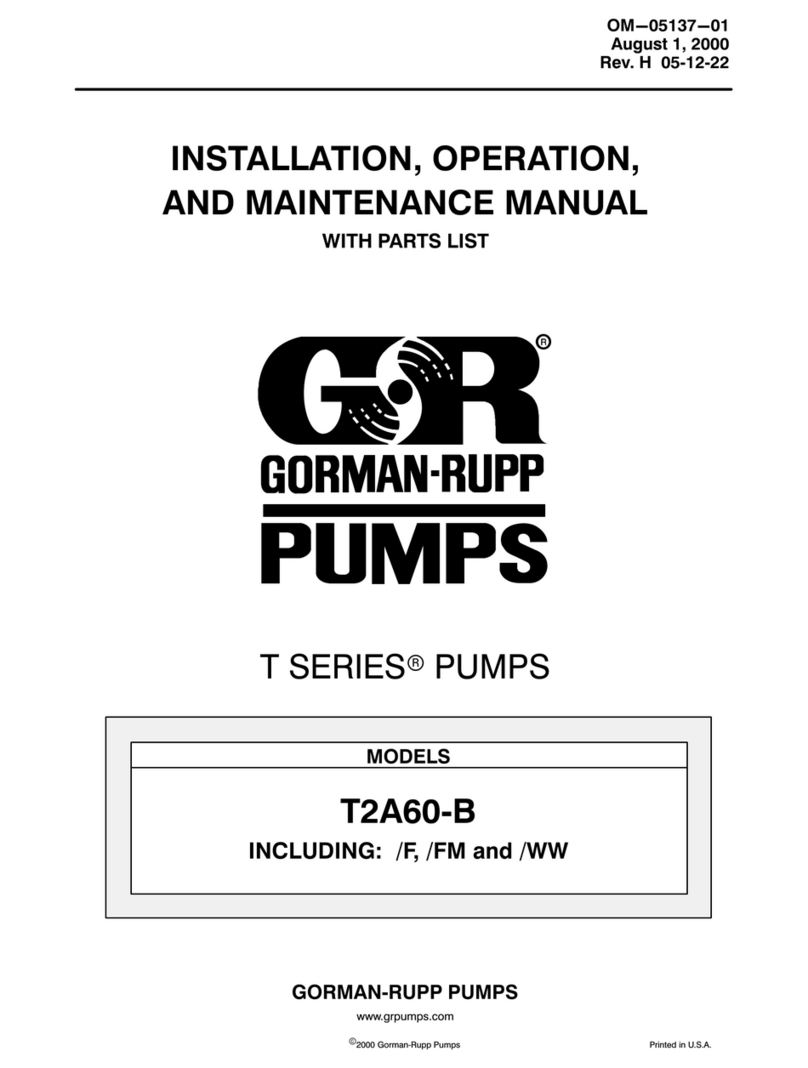
GORMAN-RUPP PUMPS
GORMAN-RUPP PUMPS T2A60 B Installation, operation, and maintenance manual with parts list
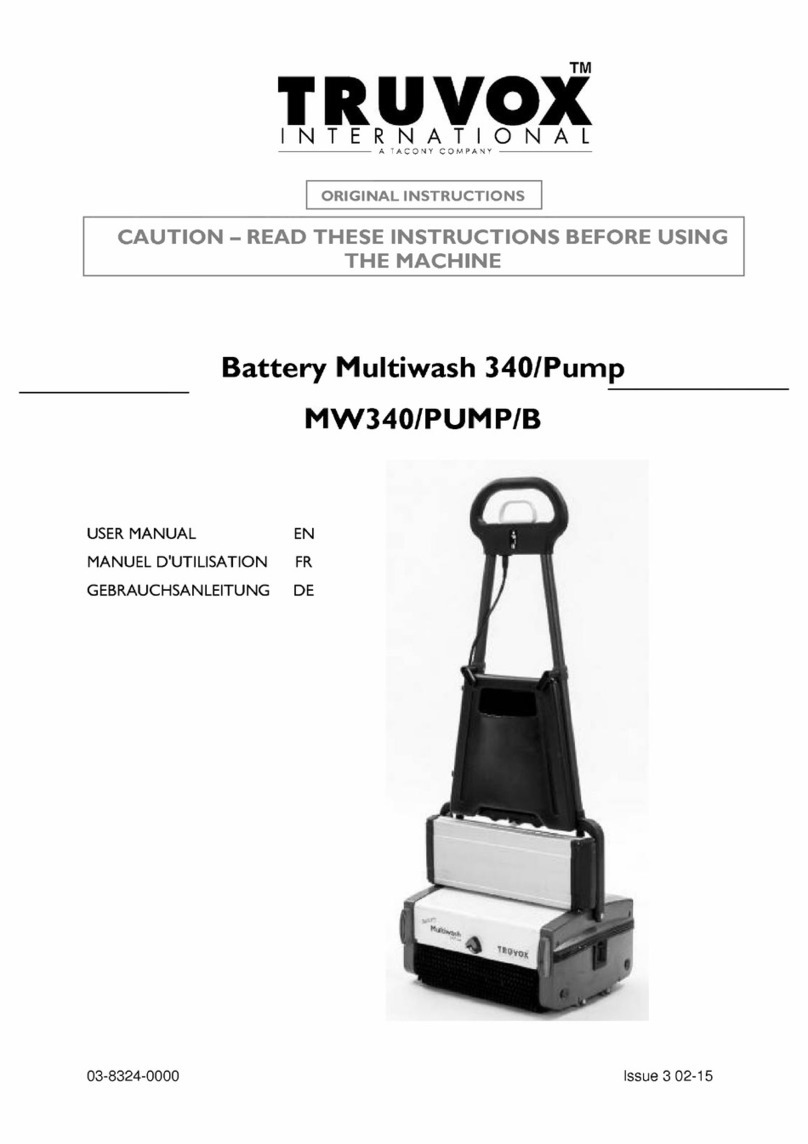
Tacony
Tacony TRUVOX MW340/PUMP/B user manual

